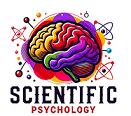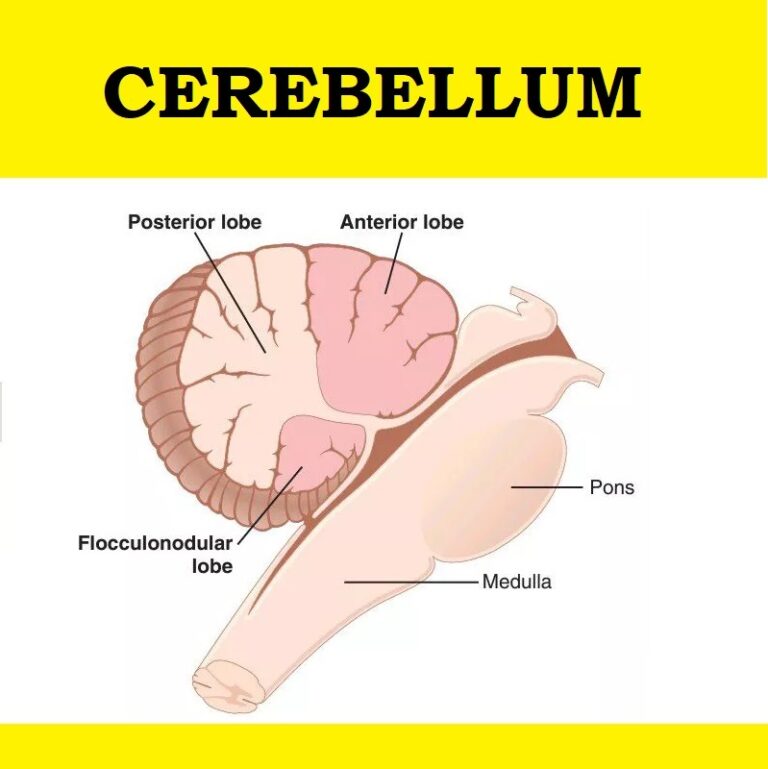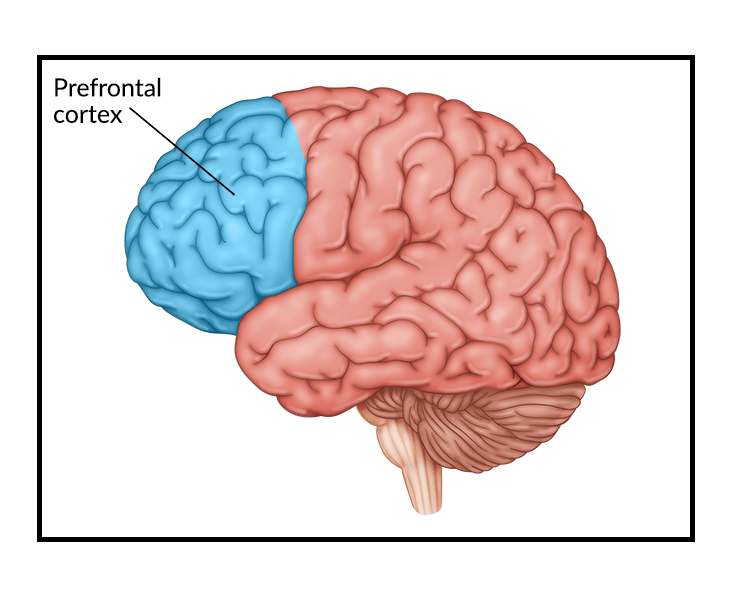
#Psychological #Testing #Creativity #Tests
Psychological testing has played a pivotal role in measuring human capabilities, including creativity- a complex and multifaceted construct often considered the driving force behind innovation and problem-solving.
1. Historical Development of Creativity Testing
Creativity, often described as the ability to generate novel and useful ideas, has been studied and measured systematically since the mid-20th century. The following timeline highlights key milestones in the evolution of creativity testing:
Early Theories and Foundations
- Graham Wallas (1926): Introduced the Four-Stage Model of Creativity (Preparation, Incubation, Illumination, and Verification), which became a theoretical foundation for understanding creative processes.
- J.P. Guilford (1950): Credited with formally bringing creativity into psychological research, Guilford proposed a distinction between convergent and divergent thinking in his presidential address to the American Psychological Association (APA).
Development of Creativity Tests
- Torrance Tests of Creative Thinking (TTCT) (1966): E. Paul Torrance developed the TTCT, which remains one of the most widely used measures of creativity. The test evaluates fluency, originality, elaboration, abstractness, and resistance to premature closure.
- Remote Associates Test (RAT) (1962): Designed by Sarnoff Mednick, RAT measures the ability to form associations between seemingly unrelated concepts, emphasizing insight and problem-solving skills.
- Creativity Assessment Packet (CAP) (1979): Created by Frank E. Williams, CAP includes tools for assessing both the cognitive and affective components of creativity.
Modern Innovations
- Consensual Assessment Technique (CAT) (1982): Proposed by Teresa Amabile, CAT relies on expert judgments to assess the creativity of real-world tasks or products.
- Creative Achievement Questionnaire (CAQ) (2005): Developed by Carson, Peterson, and Higgins, this self-report measure evaluates creativity based on real-life achievements in domains like visual arts, writing, music, and science.
Timeline of Key Creativity Tests
| Test/Model | Author(s) |
| Four-Stage Model | Graham Wallas |
| Divergent Thinking Framework | J.P. Guilford |
| Remote Associates Test | Sarnoff Mednick |
| Torrance Tests of Creative Thinking | E. Paul Torrance |
| Creativity Assessment Packet | Frank E. Williams |
| Consensual Assessment Technique | Teresa Amabile |
| Creative Achievement Questionnaire | Carson, Peterson, Higgins |
2. Types of Creativity Tests and Their Applications
Creativity tests vary in their focus and methodologies. Below, we categorize and evaluate the main types:
2.1. Divergent Thinking Tests
- Definition: Assess the ability to generate multiple solutions to a single problem.
- Examples: TTCT, Guilford’s Alternative Uses Task.
- Applications: Used in educational settings to identify gifted students and in organizational contexts to assess innovative potential.
- Example Task: List as many uses as possible for a paperclip.
2.2. Associative Thinking Tests
- Definition: Measure the ability to connect unrelated ideas or concepts.
- Examples: Remote Associates Test (RAT).
- Applications: Valuable in fields requiring lateral thinking, such as advertising and product design.
- Example Task: Find a common word that links ‘time,’ ‘hair,’ and ‘stretch’ (Answer: Long).
2.3. Product-Based Assessments
- Definition: Evaluate the creativity of tangible products or performances.
- Examples: Consensual Assessment Technique (CAT).
- Applications: Common in artistic and professional fields where output quality is paramount.
2.4. Self-Report Measures
- Definition: Assess individuals’ creative behaviors and achievements based on self-perception.
- Examples: Creative Achievement Questionnaire (CAQ).
- Applications: Useful for research correlating creativity with personality traits and other psychological variables.
| Test Type | Strengths | Limitations |
| Divergent Thinking | Measures idea generation flexibility | Overemphasizes quantity over quality |
| Associative Thinking | Captures lateral thinking ability | Limited to specific domains |
| Product-Based | Contextual and real-world relevance | Subjectivity in expert judgments |
| Self-Report | Easy to administer, domain-specific | Prone to biases |
3. Critical Evaluation of Creativity Tests
3.1. Strengths
- Educational Utility: Creativity tests help educators identify and nurture gifted students (Kim, 2006).
- Workplace Relevance: Organizations use creativity assessments for recruitment and training, enhancing innovation capabilities.
- Research Implications: Creativity tests provide insights into the cognitive and neural underpinnings of creative processes.
3.2. Weaknesses
- Cultural Bias: Most tests are rooted in Western constructs of creativity, potentially disadvantaging individuals from other cultural backgrounds.
- Reliability Issues: Divergent thinking tests often produce inconsistent results over time (Baer, 2011).
- Overemphasis on Divergence: Many tests focus on idea generation while neglecting aspects like persistence and implementation.
4. Practical Advice for Learners and Professionals
4.1. Choosing the Right Test
- Tip: Select a test that aligns with your objective. For example, use TTCT for academic assessments and RAT for problem-solving roles in organizations.
4.2. Enhancing Test Validity
- Combine multiple methods (e.g., TTCT with CAT) to gain a holistic view of creativity.
- Adapt tests culturally to ensure fairness and relevance.
4.3. Leveraging Results
- Educational Example: A teacher identifies a student’s strength in divergent thinking and encourages participation in brainstorming activities.
- Organizational Example: An HR manager uses CAQ scores to create targeted innovation workshops.
| Actionable Steps for Professionals |
| Align creativity tests with organizational goals. |
| Provide feedback that fosters growth and development. |
| Use test results to design personalized training programs. |
5. Recent Research and Advances
- Creativity and Neuroscience: Studies using fMRI and EEG have linked creativity to activity in the default mode network (Beaty et al., 2018).
- Cross-Cultural Perspectives: Research highlights the need for culturally adapted creativity tests (Niu & Sternberg, 2002).
- AI in Creativity Testing: AI-driven tools now assist in assessing creativity through pattern recognition and natural language processing.
6. Conclusion
Creativity tests have come a long way since their inception, offering invaluable tools for education, research, and industry. While they have strengths, including their ability to identify creative potential, they also face limitations like cultural bias and reliability issues. By critically evaluating and applying these tests ethically and effectively, learners and professionals can unlock the full potential of creativity in themselves and others.
References
- Baer, J. (2011). How divergent thinking tests mislead us: Are the Torrance Tests still relevant in the 21st century? Psychology of Aesthetics, Creativity, and the Arts, 5(4), 309-313.
- Beaty, R. E., Benedek, M., Kaufman, S. B., & Silvia, P. J. (2018). Default and executive network coupling supports creative idea production. Scientific Reports, 8(1), 1-8.
- Kim, K. H. (2006). Can we trust creativity tests? A review of the Torrance Tests of Creative Thinking (TTCT). Creativity Research Journal, 18(1), 3-14.
- Niu, W., & Sternberg, R. J. (2002). Contemporary studies on the concept of creativity: The East and the West. The Journal of Creative Behavior, 36(4), 269-288.







